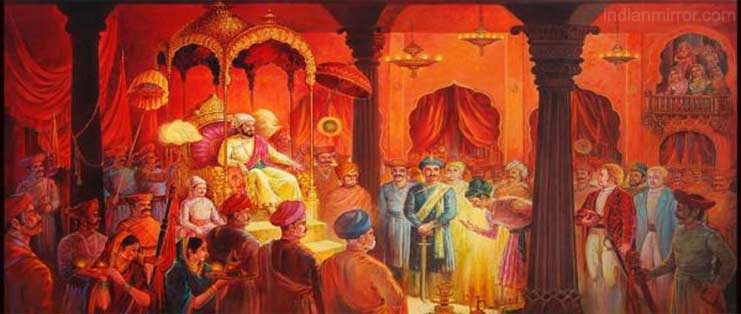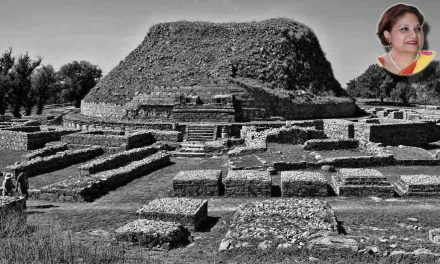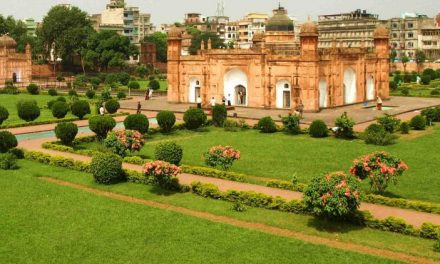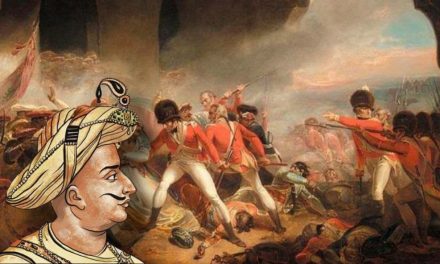
The elegant sight of white flowers presented a beautiful contrast to the cacophony of colours adorned all around the palace walls. The colours held luxurious textures of all kinds: muslin, linen, cotton, and abundant kinds of silk. The air bore the sweet aroma of scented ponds. The halls were filled with lively music, indicating the commencement of a grand celebration. Numerous elephants and horses were held in the courtyard, the spectacle attracting the attention of curious crowds. Workmen were scattered all around, each engaged in their assigned festive tasks.
Distinguished guests reached the palace, all of whom were welcomed grandly and presented with an abundance of delicacies like betel leaves decorated among herbs and spices. Artists gathered from different countries to contribute their talents to the celebration. Gifts were being brought in from kingdoms all around. Skilled artisans carved figurines made of clay while the goldsmiths hammered their gold, the noise reverberating through the streets and alleyways. Women sang joyous songs to greet the occasion. The ambience was one of joyful chaos.
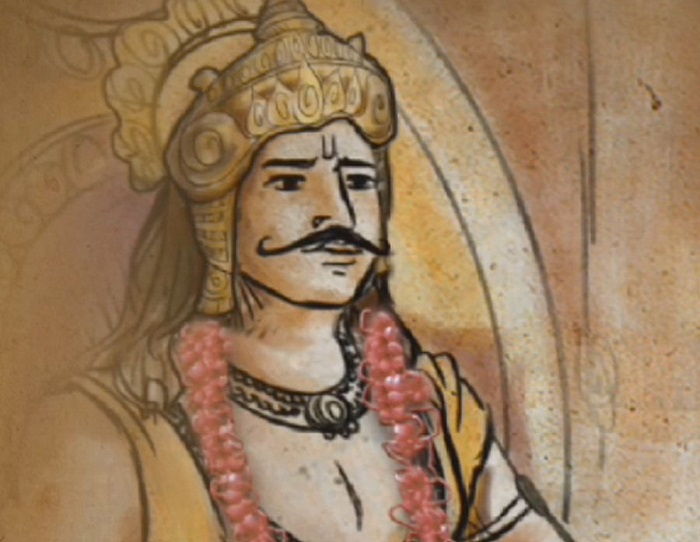
Queen Yasovati kept the invited women company while ordering the helpers to carry out numerous tasks. King Prabhakaravardhana, along with his two sons Rajyavardhana and Harshavardhana, looked after various other arrangements around the palace. The king and queen were wholly occupied and rightfully so: it was, after all, the wedding of their one and only daughter, Princess Rajyashri. She was to wed Grahavarman, a member of the Maukhari dynasty. Their marriage was set to take place in the early hours of the night. The groom arrived on an elephant, with a grandiose crowd in tow. People followed him on horses, dressed extravagantly and adorned in gold.
Upon greeting his in-laws, Grahavarman was taken inside and presented with countless gifts. His eyes scanned the anticipating crowd until they finally landed on Rajyashri. Regardless of her veiled face, her beauty outshined the lights around her. The princess herself was quite nervous, her breaths quickening frequently. Her head would occasionally lift to catch a glimpse of the groom and his people. Upon seeing this, giggles could be heard from friends surrounding her, all of them teasing her for her innocent curiosity. Eventually, it was time to begin the ceremony. The bride and groom stood on the wedding altar, hands intertwined. The guests looked on, smiles on their faces as they witnessed the beautiful start of a marriage. Everything seemed perfect, like a scene out of a movie. However, this was merely the calm before the storm.
The setting of this exuberant event was in Thanesar of the Vardhana dynasty. It was a dynasty that emerged in power, along with two others, over northern India when the Gupta empire collapsed in the 6th century AD. At the time, the Vardhana dynasty consisted of Sindh, Gujarat and Gandhara, and was ruled by Prabhakaravardhana, who was also the king of the capital city, Thanesar.
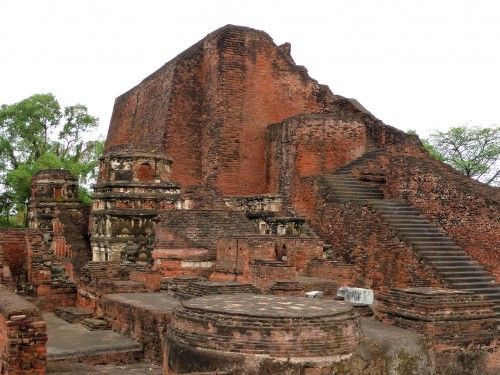
Along with being a celebratory affair, Princess Rajyashri’s wedding proved to be a great path to strengthening the relationship between the Maukharis and the Vardhanas. Things were running along perfectly after the wedding. This was until Prabhakaravardhana received word of an attack on the Ganga Valley by the Punjabi Hunas. He sent his older son Rajyavardhana with an army to oversee the situation, while the Maukharis also provided their soldiers for support. After a fierce battle, Rajyavardhana returned victorious and jubilant to announce his win to his father, only to be met with the news of his and the queen’s death. This devastated Rajyavardhana to his very core, so much so that he contemplated retiring from his responsibilities on the throne and passing them onto his younger brother Harshavardhana.
The Vardhana dynasty had many enemies, one of them being the Gaudas. They joined forces with the Malwas, who ruled in central India, to take down the Vardhanas. Seeing the disruption caused by the king’s death, King Devagupta of Malwa seized this opportunity to invade the Maukharis, taking Princess Rajyashri hostage and killing her husband in the process. Devagupta made King Shashanka of Gauda his ally throughout this attack. Once the news of Rajyashri’s capture reached the Vardhana dynasty, Rajyavardhana set off to defeat Malwa with a robust army of 10,000 soldiers. After a successful battle, he was on his way to Kannauj to retrieve his sister when he was faced with Shashanka’s army. Not knowing about Shashanka’s arrangement with Devagupta, Rajyavardhana agreed to make peace with him by marrying his sister. What Rajyavardhana thought would be the start of an allyship, turned out to be the very cause of his death.
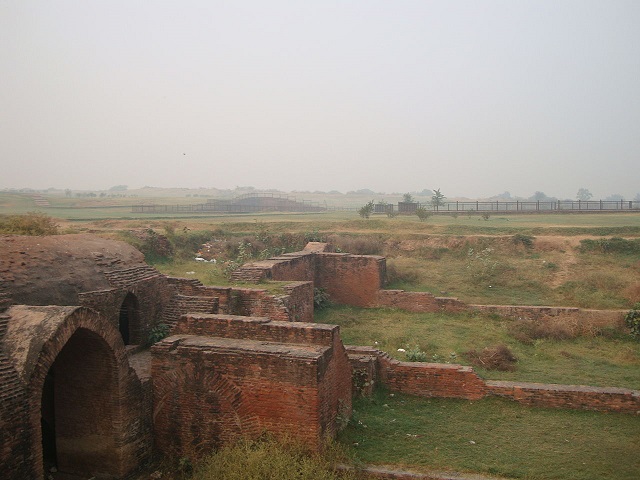
Palace ruins at Harsh ka tila mound area spread over 1 km. Image from Wikipedia
Once they were done with the feast for the wedding, Shashanka murdered Rajyavardhana in cold blood. This left young Harshavardhana abruptly in charge of the throne. At the mere age of 16, he was to become the king of the Vardhana dynasty. Immediately, he sent his best general after Shashanka while he, himself, set out to bring his sister back. Meanwhile, Rajyashri had managed to escape from imprisonment and was headed towards the Vindhya Mountains to her dead husband. The story goes that, with the help of a Buddhist monk, Harshavardhana was able to find Rajyashri right as she was about to get on the blazing funeral pyre after Grahavarman.
This was the intense start of Harshavardhana’s reign. Despite this, he went on to become one of the most successful rulers of northern India. Under his rule, Harshavardhana strengthened and expanded his empire by acquiring smaller regions from every direction until he had an iron grip over all of northern India with the exception of Bengal. Along with being a competent general, he was said to be a very just ruler with an affinity for culture and education.
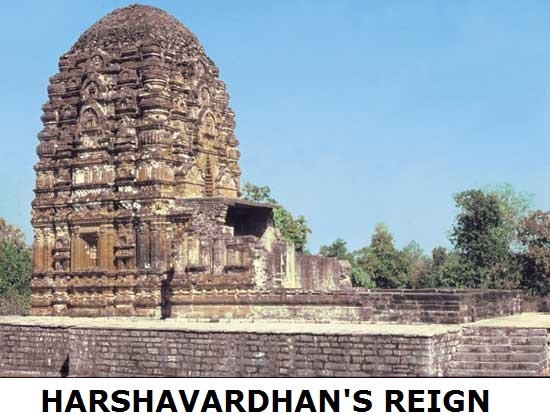
Harshavardhana was a worshipper of Shiva, however, he eventually became particularly fond of Buddhism and its ideologies. That being said, he never shunned his population that carried different beliefs. His journey with Buddhism is further detailed in Great Tang Records on the Western Regions, a narrative that was written by the renowned Buddhist monk Hiuen Tsang, also known as Xuanzang. Hiuen Tsang was born in the Sui dynasty and given the typical Confucian teachings. However, because of his brother, he came to prefer Buddhism and converted to being a Buddhist monk. As he continued to learn Buddha’s principles, he felt as if there were many inconsistencies in the words he was studying. To get a clearer outlook on Buddha and his teachings, Tsang decided to travel to Buddha’s birthplace, India. Travelling to India was prohibited at the time but he decided to go forward with it regardless, just to be able to appease his curiosities. Therefore, in 629 AD, he left for India and after a tumultuous journey, reached his destination in 633 AD.
A word about Tsang spread throughout India rather quickly, reaching the ears of a very intrigued Harshavardhana. He invited Tsang to his court and arranged a generous welcome for him with a considerably large council, even having him escorted from Assam by the king of the Varman dynasty. This, no doubt, left a splendid impression on Tsang. In his writing, Tsang stated that Harshavardhana had converted to Mahayana Buddhism later on in his life. He further wrote about the Buddhist events that would be held by the king, one of them being a convocation that took place in Kannauj in 643 AD. An event by the name of Moksha was also carried out every five years in the kingdom. Tsang described Harshavardhana as the ideal ruler under whom the Vardhana dynasty saw its greatest times. However, considering the fact that Tsang was already immensely fond of the king and spent eight years on his land, his views on Harshavardhana may be biased and should not be taken as fully factual.
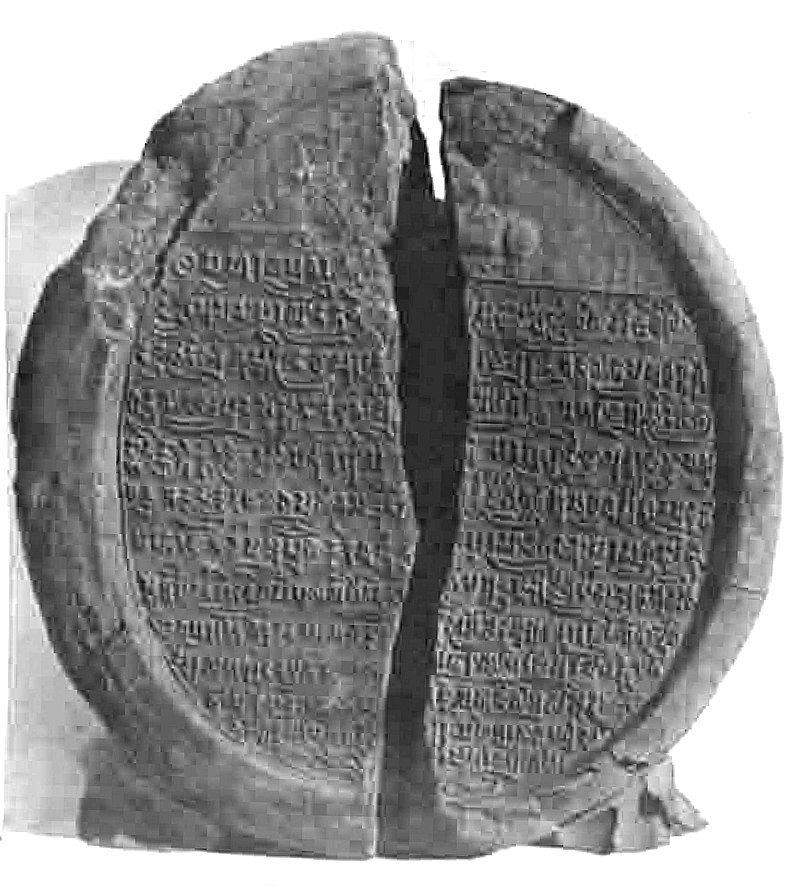
Seal of Harshavardhana found in Nalanda. Image from Wikipedia
To add to Harshavardhana’s attributes, he was known to be a great scholar. He had penned three highly acclaimed plays in Sanskrit named Priyadarshika, Ratnavali and Nagananda. He was also said to be adept in calligraphy. Alongside his own scholarly accomplishments, he greatly encouraged and contributed to educating his people. During his reign, the Nalanda University, which was established during the Gupta empire, thrived more than it ever had before because of his generous donations. Furthermore, he would house numerous scholars, poets and writers in his court, one of whom was Banabhatta. He was the court poet and the author of Harshacharita, a poetic-prose work about Harshavardhana. It was through Banabhatta’s idealised yet genuine historical account that we received a detailed insight into Indian society in the 6th and 7th centuries, along with some of Harshavardhana’s life stories.

Harshacharita detailed the customs, rituals, habits and such followed by people during the era of the Vardhana dynasty. The city of Thanesar was described to be thriving. The fields were blossoming with different crops. The city had a variety of foods to offer, including freshly-squeezed pomegranate and date juice. Glimpses of deers could be seen among the full, green orchards. Any individual travelling through the city could tell that it was cared for. Alongside this, when Harshavardhana was en route to save his sister, we read about the people of Malwa and their lifestyles. Bana’s attention to detail made even the most mundane things seem magical and fascinating.
The public’s admiration for Harshavardhana is also witnessed when, during his travel through Malwa, people offered him curd, molasses and candied sugar. Bana further wrote about the tax system and agricultural practices followed by the people in different regions. Much of Princess Rajyashri’s wedding festivities were also known through his narrative. Bana’s chronicle also captures Harshavardhana’s military plannings and achievements as he kept bringing more regions under the Vardhana dynasty. The influence of Buddhism, along with Shaivism and Brahmanism, was said to have significantly grown under Harshavardhana’s rule. However, Bana’s account comes to a halt just as Harshavardhana ascends to the throne. It is said that this abrupt ending is to emphasise the king’s honour and accomplishments as he progressed toward his rightful place on the throne.
Through Tsang and Bana’s narrations of Harshavardhana’s life, we get a very engaging glimpse into his identity as a king. He was said to be just fair, tolerant and well-liked by his people. Even though he was precipitously handed the throne at a young age, the Vardhana dynasty flourished beautifully under his rule. However, the lack of an heir hindered the dynasty from progressing any further after Harshavardhana died in 647 AD.
Our fascination with heroes and their feats has remained unchanged through the course of time. We admire their endless courage and strength as they achieve what we may deem as unattainable in real life. This may be also why we are always intrigued by the brave deeds of many historical individuals. From saving his sister at the brink of death to successfully making the Vardhana dynasty flourish, Harshavardhana remains one such historical hero.

